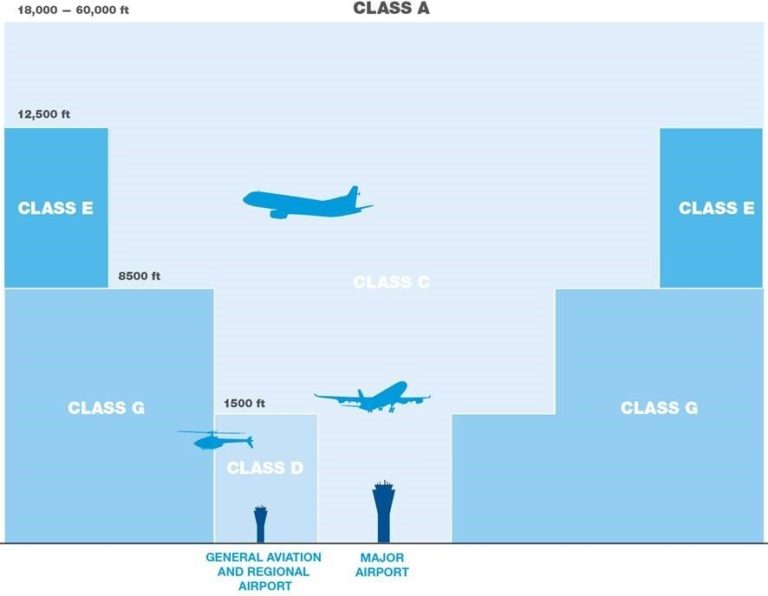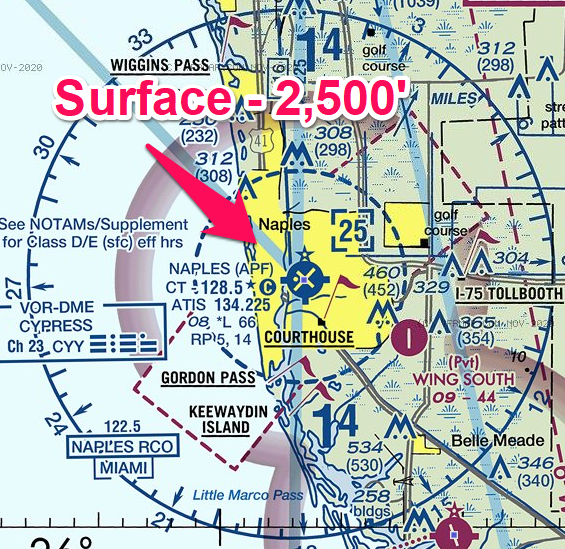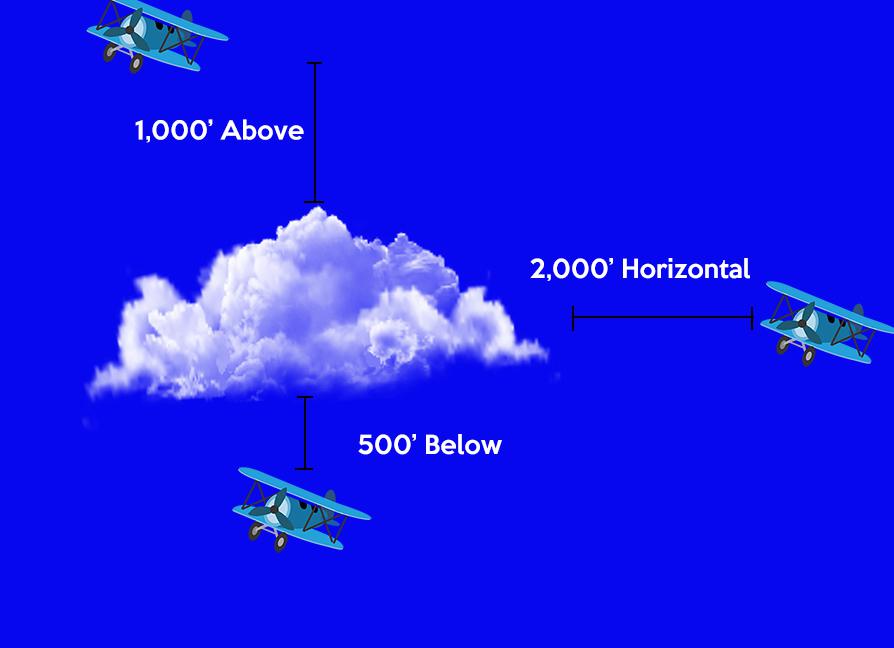class g airspace australia
For other flights a departure report is only required at. Benefiting the entire east coast and regional Australia they are leveraging Automatic Dependent Surveillance Broadcast ADS-B and radar surveillance assets to enhance their service delivery.

Quiz How Much Do You Know About Class G Airspace Flight Lessons Pilot Training Flight Instruction
Surface Class E Airspace.
. Airspace which is not Class AE. The surface area of Class E airspace designated for an airport unless that person has prior authorization from Air Traffic Control ATC Small UAS Operating Rules 14 CFR 10741 UAS2019. Weather Requirements Class G minimum weather requirements exist so that you can see and avoid other aircraft and stay out of the clouds.
While the 3D airspace map inside Google Earth is no substitute for reading current sectional charts it does serve as a great interpretation and visual aid. CTAF North Arrows Class F. BASI observations on the Airspace 2000 Safety Case risk modelling 134 F.
Although Class E airspace is controlled if flying VFR radio communication is not required and neither is a transponder if flying below 10000ft MSL. Air Navigation Chapter 2. Provided that when operating at or below 2000 ft above the ground or water the pilot is able to navigate by visual reference to the ground or water.
Some non-controlled aerodromes host a huge diversity of aircraft. There is no real Class F airspace in Australia so turn off display for Class F if North Arrows NOT required XCSoar. Aeronautical Charts and Related Publications Chapter 10.
Class A airspace is used by some countries as high altitude IFR-only controlled airspace. In all reality Class G airspace always ends well before 14500 msl due to another layer of airspace being on top of it. Transition from GAAP to Class D edit Australia used to have a non-standard class of airspace for use at the capital city general aviation airports called a General Aviation Airport Procedures Zone GAAP Zone.
At the Metropolitan Class D aerodromes formerly GAAP a departure report is not required. A non-controlled aerodrome is an aerodrome in non-controlled airspace also known as Class G airspace. All Classes of Airspace XCSoar.
The reporting flight planning and operational requirements of your flight can vary significantly depending on what class of airspace you will be operating in so it is important to understand. Class E airspace is controlled and generally fills in the gaps between the other airspace. Aeronautical Lighting and Other Airport Visual Aids Chapter 3.
Optional not real airspace. Hazard log prepared by the Airspace Technical Expert Panel 137. Helicopter Operations Appendix 1.
In United States it stretches from 18000ft to Flight Level 600 60000ft. Airspace administration in Australia is generally aligned with the International Civil Aviation Organization ICAOprescribed airspace classes and associated levels of service as set out in Annex 11 to the Convention on International Civil Aviation 1944 Chicago Convention. Class g airspace australia Monday March 14 2022 Edit.
14 rows Class G airspace will always start at the ground and go up to 14500 msl as a maximum. In the airspace highlighted below Class E starts at 1200 AGL so Class G automatically starts at the surface and extends to - but doesnt include - 1200 AGL. There are three general airspace design models used in Australia.
Within Class G uncontrolled airspace some aerodromes operate a Common Traffic Advisory Frequency CTAF which imposes a requirement for radio to be carried and used but does not affect the operational services or requirements provided by air traffic services. Visual Flight Rules VFR VFR flight may only be conducted CAR 172 ENR 12. Be heard be seen be safe.
This airspace is uncontrolled. Within continental Australia outside radar coverage above FL180 where Class A base is FL245 Within radar coverage in specifc locations or corridors under Class C or Class A airspace. Non-Mandatory Radio CTAFs Class G.
At any time this mix might include. The reason we put that in bold is because it is likely to appear on your written exam. Certain Class D aerodromes where the tower also provides a procedural approach control service see ERSA.
In restricted airspace aircraft movements are reduced to those with certain specified permissions. Class G is uncontrolled airspace generally underneath and is exclusive of the Class E airspace above it. Overview of Airservices Australias Safety Analysis of Airspace 2000 117 D.
Mandatory Radio CTAFs Class RMZ. In most cases the airspace overlying Class G is Class E airspace. Air Traffic Procedures Chapter 6.
Medical Facts for Pilots Chapter 9. The height of the Control Zone varies for different airports. Surface Class E Airspace.
Discussion of the risk modelling of Class G airspace in the Airservices Australia Airspace 2000 Safety Case 124 E. Airspace Classes How Are They Defined Aeroguard Airspace Classes Youtube Picture Of Side View Of Airspace Classes With Vfr Sectional Colors R Flying Ep 35 Class G Airspace Where It Is And How It Works Youtube. Safety of Flight Chapter 8.
Emergency Procedures Chapter 7. Starts at ground level. Airspace which is not defined as controlled airspace is non-controlled In Australia there are five classes of controlled airspace A C D E and GAAP and one non-controlled class G.
Small UAV operators may find airspace confusing and FAA sectionals difficult to interpret. At towered airports the class of airspace may change subject to the time of day. Both IFR and VFR aircraft are permitted and neither require ATC clearance.
Generally base 8500 ft AMS Surrounding or overlying some CTR Some low-level terminal airspace when the associated TWR is closed. It is proposed to lower the base of Class E airspace to 1500ft AGL in medium and high density enroute airspace between Cairns and Melbourne in 2021. Air Traffic Control Chapter 5.
All Classes of Airspace LK8000. Special Use and Other Airspace Classes Special Use Airspace SUA is a designated area in which activities must be confined because of their nature where limitations may be imposed upon aircraft not part of those activities or both. Class G is used wherever other classes are notalmost always from the surface to the base of the overlying Class A C D or E airspace.
Join Online Ground School. In accordance with the speed restrictions identified at ENR 14. In Australia above FL245 24500ft and above FL180 in populated areas.
Controlled Airspace Overview Pilot Practice Exams Com
Regulations Vfr Minimums Learn To Fly Blog Asa Aviation Supplies Academics Inc

Is This The Last Remaining Class G Airspace That Goes To 14 500 In The Us Outside Alaska R Flying

Vmc In Australian Airspace Youtube

The Two Main Classifications Of Airspace

Class D Delta Airspace Explained 7 Things You Need To Know

Airspace Classes Types Of Airspace Classes And How They Are Defined Atp Flight School

Ads B Update 2022 Where Are We Now

Understanding Class G Airspace Private Pilot Online Ground School
Non Controlled Airspace Pilot Practice Exams Com

On A Sectional How Do I Know If Class G Tops Out At 14 500ft Msl Or 1 200ft Agl R Flying

Australian Airspace Classification System

Understanding Class G Airspace Private Pilot Online Ground School

Why Are There Mandatory Cloud Clearance Requirements Boldmethod

Class G Airspace Everybody Struggles With This One Online Ground School Youtube
Class C Airspace All The Details You Need To Know Pilotmall Com

Why Are There Mandatory Cloud Clearance Requirements Boldmethod

